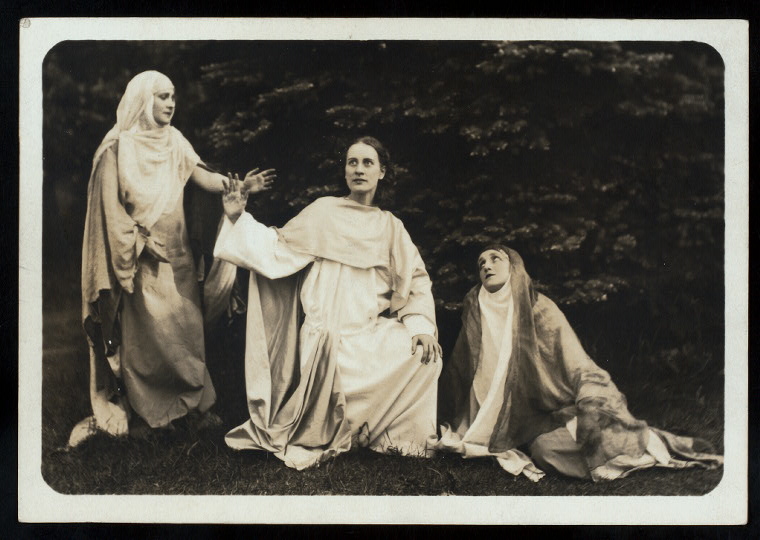Village Writers Unite!
What do William Faulkner, Sherwood Anderson and Kahlil Gibran have in common?
They may be the native sons of Mississippi, Ohio and Lebanon respectively, but for a time each of them called a piece of rarified Manhattan real estate south of 14th and north of Canal Street home.
In this blog I'll visit some of the places where Village writers hung their hats and maybe throw in some comments about their work and their lives (Of course, I'll sprinkle in some library stuff, too).
Also, more importantly, I invite you to comment on Village writers and add your own stories, observations and self promotions if you're a writer living in the Village or who has lived in the Village. Faulkner has made my list of Village writers for having lived here a couple of months before taking a postmaster gig back home in Mississippi, so if you've lived in the Village at all, it counts. You're a Village writer!
It's the desire to live here and having made that desire a reality that counts.
But really, what was Faulkner thinking when he moved here? What would have happened if he had settled in? The obstacles facing a poor family trying to bury the matriarch in Green-Wood Cemetery would be greater than those the Bundren family faced taking Addie to Jefferson. How would he have made that play? For literature's sake, it's probably best that we can only conjecture.
Read E-Books with SimplyE
 With your library card, it's easier than ever to choose from more than 300,000 e-books on SimplyE, The New York Public Library's free e-reader app. Gain access to digital resources for all ages, including e-books, audiobooks, databases, and more.
With your library card, it's easier than ever to choose from more than 300,000 e-books on SimplyE, The New York Public Library's free e-reader app. Gain access to digital resources for all ages, including e-books, audiobooks, databases, and more.
If you don’t have an NYPL library card, New York State residents can apply for a digital card online or through SimplyE (available on the App Store or Google Play).
Need more help? Read our guide to using SimplyE.



Comments
having lived on Horatio
Submitted by mike (not verified) on April 1, 2009 - 8:24am
It is always a pleasure to
Submitted by mike (not verified) on April 1, 2009 - 9:27am
Faulkner Greenwich Village
Submitted by Robert O’Brien (not verified) on September 25, 2018 - 10:53am